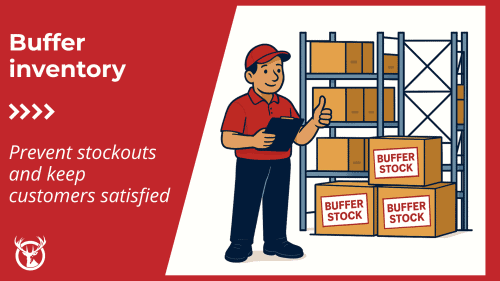How efficient are your fulfillment warehouse operations? For a clear answer to that question, it’s essential to know which key performance indicators to track. Warehouse KPIs give you metrics for comparing warehouse performance during different quarters and year over year.
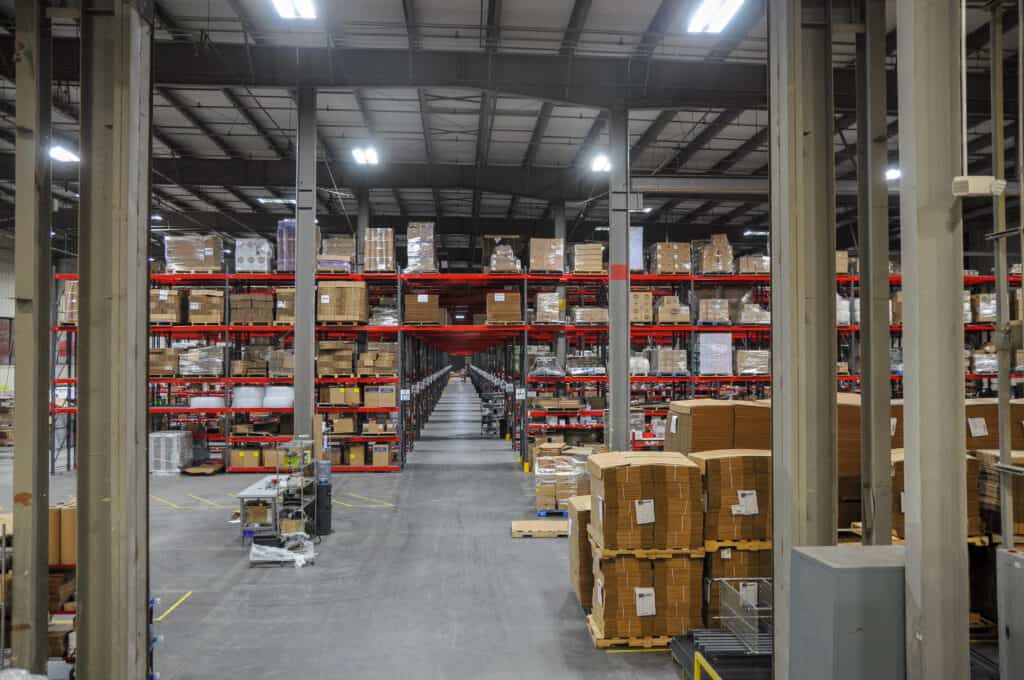
Order fulfillment is vital to the success of your eCommerce business. It can be an asset that helps you grow and scale your business or a bottleneck that adds to your customer lead time and erodes your profit margin. By keeping an eye on core warehouse KPIs, you can track the success and health of your eCommerce fulfillment operations.
Why are warehouse key performance indicators important?
There is a lot of data in your supply chain. Depending on your business model, that data may include:
- Raw materials costs
- Manufacturing costs
- Order cycle time
- Transport costs from factory to warehouse
- Shipping costs from warehouse to end customer
- Transport and delivery times
- Cubic foot inventory storage costs
- Inventory shrinkage
- Sales figures
- Stock to sales ratio
- Return rates
- Customer service cost per order
- Warehouse staffing costs
- Overhead, including the cost to lease warehouse space
- And much more
However, having data is only the first step. Raw data can be hard to parse. But using your fulfillment data to track and measure critical warehouse KPIs gives you a terrific way to measure your operational efficiency. With KPIs in hand, you can uncover problem areas and improve warehouse performance over time.
For example, your warehouse KPIs might show you that operating your own warehouse isn’t the best investment. Online sellers often find that 3PL services can provide more affordable fulfillment because many of your fixed overhead costs become variable when you outsource logistics.
If you already work with a 3PL, tracking warehouse KPIs can help you improve your inventory management and evaluate warehouse performance. These metrics can tell you whether your fulfillment partner is working well for your business or whether it’s time to switch fulfillment companies.
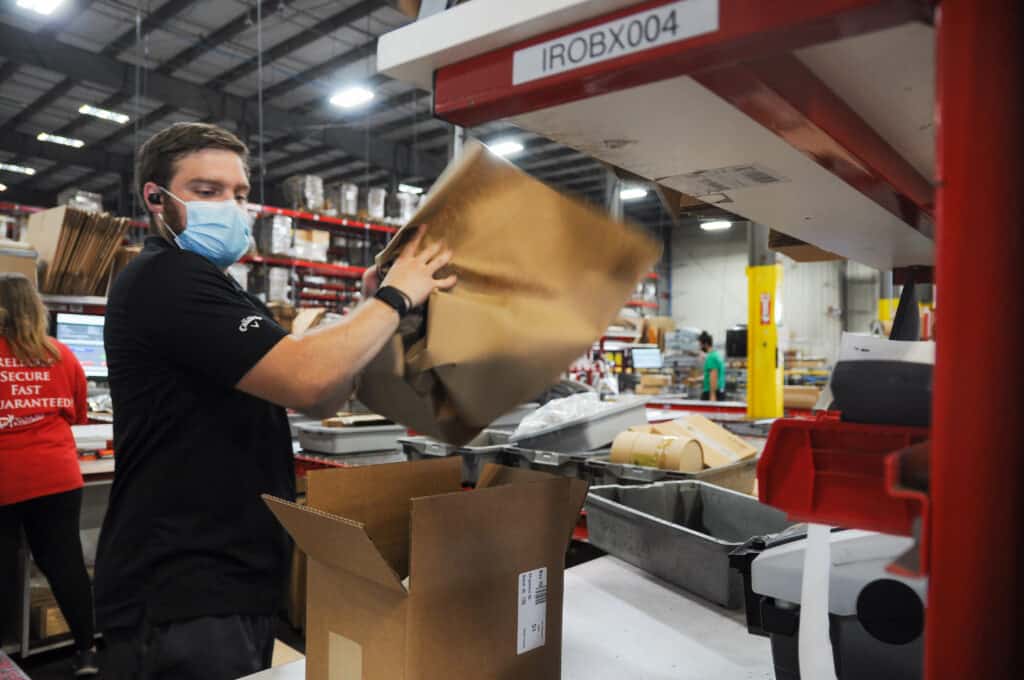
Essential warehouse KPIs
You’ll want to set warehouse KPIs that track your company’s goals and targets. We’ve outlined some foundational warehouse KPIs in four categories to start your list.
Process KPIs
Process KPIs track fulfillment operations. These metrics reveal whether your fulfillment center is meeting its goals for speed in and out of the warehouse. Since online shoppers value fast delivery, these warehouse KPIs are vital to your eCommerce success.
Dock-to-stock cycle time
Dock-to-stock measures the amount of time it takes for your inbound inventory to move from the receiving dock to being logged into stock and placed on the shelves. This process is also called putaway.
If your products are sitting on pallets for days or weeks, you’re losing money by holding stock that you could be selling. Track this KPI against your warehouse’s stated goal for putaway. For example, at Red Stag Fulfillment, we guarantee that your inventory will move from dock to stock in two business days or less. And we back that up: We pay you $50 if receiving takes us longer.
Order fulfillment lead time
Order fulfillment lead time is the time it takes from when your customer places an order to when the customer receives the order. Factors that affect lead time include:
- The availability of stock to fill the order (backorders)
- How quickly your fulfillment warehouse receives the order
- The turnaround time to pick and pack the order
- Shipping time
The availability of stock relates to inventory management KPIs. Shipping time is determined by the carrier and the number of shipping zones between the warehouse and your customer. The speed of order processing is a warehouse KPI that reflects on your fulfillment operations.
On-time fulfillment rate
If your 3PL promises same-day or next-day fulfillment, how often do they meet those goals? If your on-time fulfillment rate is not close to 100%, you’re adding to order fulfillment lead time. At Red Stag Fulfillment, we guarantee our same-day fulfillment services — if we ship a package late, we pay you $50. Same-day fulfillment is a terrific way to shorten lead time without the added cost of expedited shipping.
Picking and packing accuracy
Fulfillment mistakes have a ripple effect on other eCommerce KPIs. Pick and pack accuracy will impact your return rates, customer satisfaction, and, ultimately, customer loyalty. Because we know how vital this KPI is to your business’s success, and because we guarantee accurate fulfillment, Red Stag Fulfillment has one of the lowest error rates in the industry.
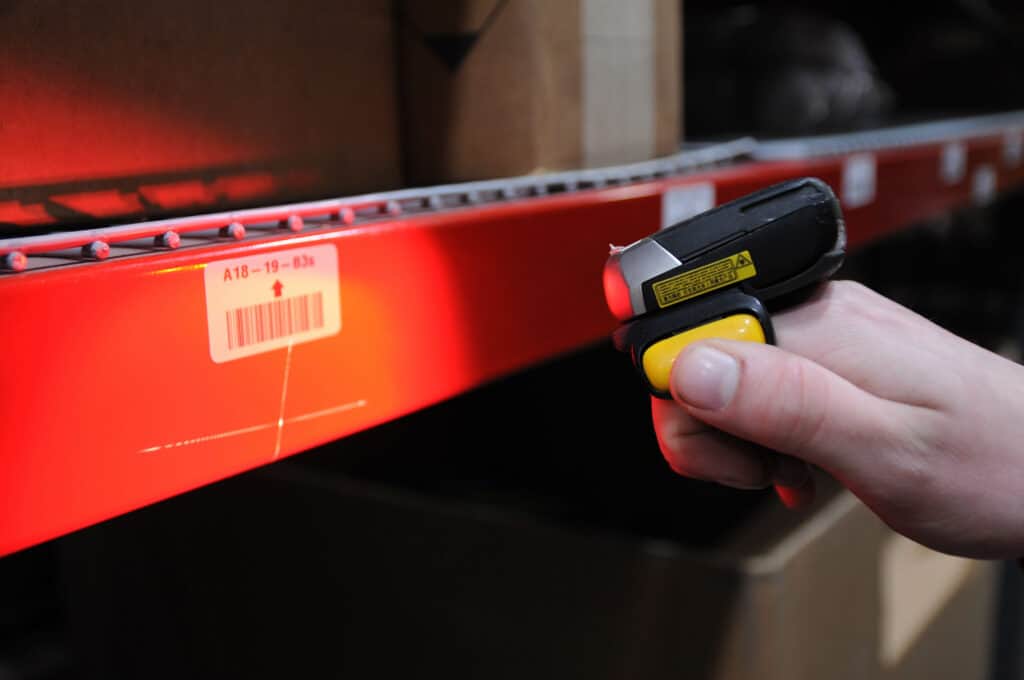
Inventory KPIs
Inventory KPIs track your inventory management. These warehouse KPIs can show you which products are driving your profits and which are incurring unsustainable holding costs. Inventory metrics can also form the basis for improved inventory planning.
Inventory turnover rate
Turnover is the number of times you sell through and replenish the stock of a specific SKU. For example, suppose your average inventory on hand of an office chair model is 100 during Q1, and you sold 400 office chairs during that quarter. Divide your total sales by average inventory to get the turnover rate. In this case, it is four.
Different SKUs will have different inventory turnover rates, so plan to track turnover for each item separately. Understanding inventory turnover can also help you calculate inventory velocity, or how fast things sell.
Inventory to sales ratio
The inventory to sales ratio measures how much capital you have tied up in inventory relative to your sales. The lower your inventory to sales ratio is, the lower your carrying cost of inventory.
Please note, however, that this warehouse KPI has been skewed for many companies by the pandemic. While lean inventory management and just-in-time inventory have helped many businesses increase profits, supply chain breakdowns due to COVID-19 have led companies to bump up safety stock levels as insurance against stockouts.
Inventory shrinkage
Shrinkage is loss of inventory from the warehouse shelves. It can be caused by damage during handling, theft, or misplacement of inventory. Inventory shrinkage adds to your costs of goods sold and can become a silent destroyer of your profitability.
One of the best ways to combat inventory shrinkage is with professional warehouse management. Outsourcing your fulfillment to a top-notch 3PL can keep this warehouse KPI close to zero.
In fact, at Red Stag Fulfillment, our policy is zero shrinkage. We handle your products with the same level of care as if they were our own, and our professional warehouse staff and 24/7 security keep your stock safe. Plus, we pay you the replacement cost for any items that are damaged or lost, so you can’t lose.

Fulfillment cost KPIs
There’s no need to explain why keeping fulfillment costs low is crucial. However, these warehouse KPIs aren’t the only ones that affect the cost of your logistics services. Accuracy, shrinkage, and even customer satisfaction are indicators of other expenses in your fulfillment pipeline. It’s essential to consider the total value of fulfillment when you evaluate your fulfillment costs.
Cost per line
In cost per line warehouse KPIs, “line” refers to each line item on a purchase order. You may want to measure the cost per line for receiving or putaway. Cost per line measures the efficiency of your warehouse operations.
Fulfillment cost per order
This KPI measures the average fulfillment cost per order. Understanding this KPI helps you price your products correctly to cover your overhead, as well as evaluate the cost-effectiveness of your fulfillment operations.
Rate of returns
ECommerce returns are unavoidable, but they are also a drain on your bottom line, so keeping the rate as low as possible is essential. The ratio of returns to orders shipped can tell you whether you have product and quality control issues or need to improve your warehouse operations.

Warehouse staff KPIs
Staff KPIs indicate how well you’re managing your warehouse.
Injury rate
Warehouse work is physically demanding, but competent management can reduce injury rates and increase warehouse safety. Amazon fulfillment warehouses, famous for setting high quotas and pushing employees to work faster, are examples of what not to do. Unsurprisingly, Amazon has an injury rate that’s 80% above the industry average.
Employee turnover rate
Turnover is a critical warehouse KPI. Experienced employees will know how to handle crises when they arise and provide better fulfillment services. Red Stag Fulfillment’s expert staff is one of the main reasons we can offer such high-quality fulfillment. We work hard to make our warehouses great places to work, which is why warehouse workers love Red Stag.
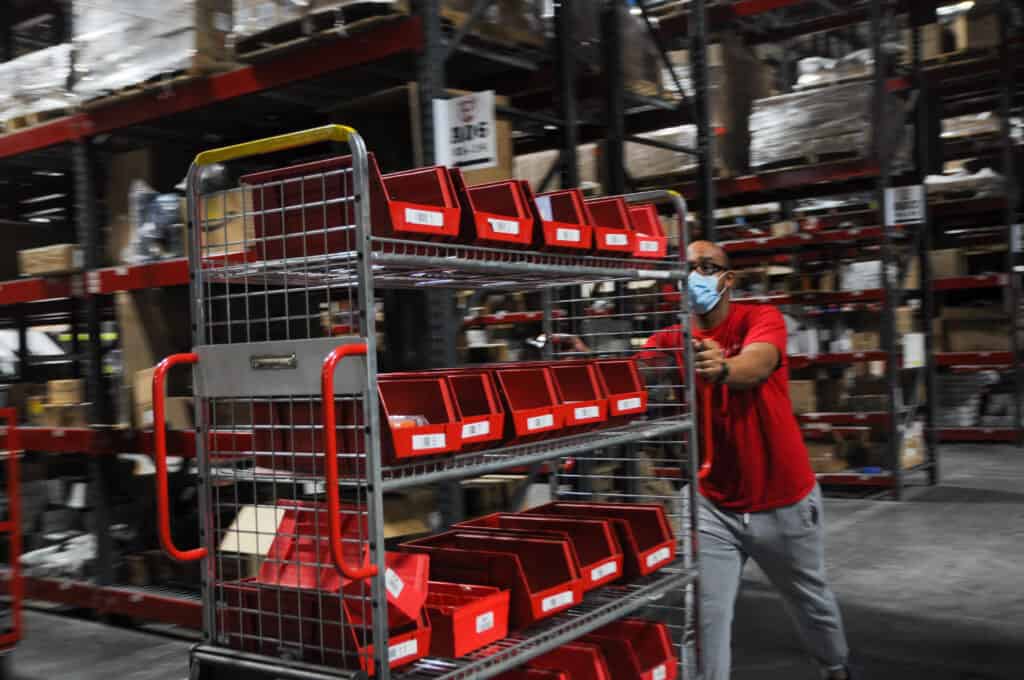
Improve your warehouse KPIs with Red Stag Fulfillment
There are many warehouse KPIs worth monitoring, and it can seem overwhelming to track all that data. Fortunately, when you outsource your fulfillment to a 3PL, you can track key metrics while your fulfillment company tracks the rest. At Red Stag Fulfillment, we keep a close eye on pick and pack accuracy, inventory shrinkage, dock-to-stock time, and many other warehouse KPIs. We believe in transparency, so we share the analytics with you.
How is your warehouse performing for your business? If your warehouse KPIs are disappointing, it might be time to switch to one of the top fulfillment companies in the U.S. Give Red Stag Fulfillment a call; we can help.
More about fulfillment KPIs:
- 3PL Fulfillment Company Performance During the Holidays
- What’s Behind the Red Stag Fulfillment Guarantees?
- 16 Questions To Ask Your Next 3PL Provider










